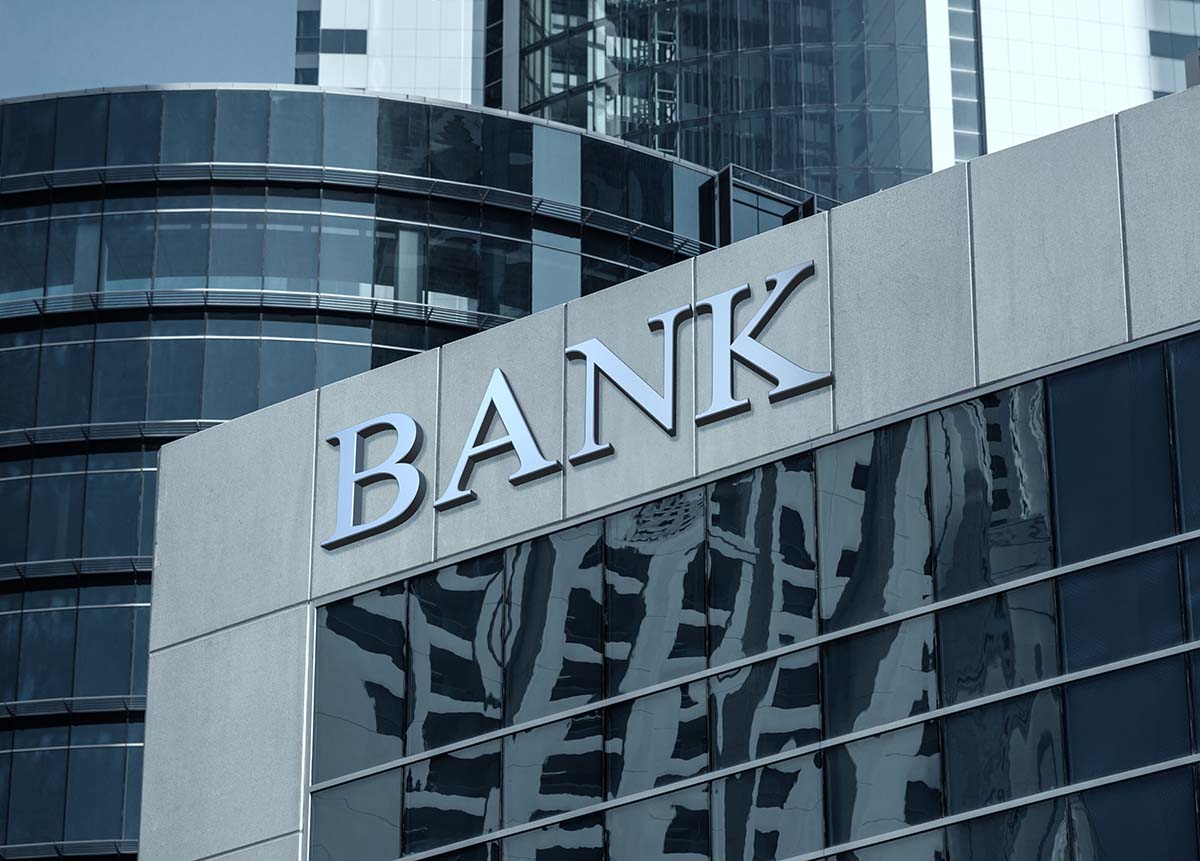S&P Global has cut credit ratings for multiple U.S. banks following in Moody’s steps earlier this month. The change in ratings was attributed to funding risks, large deposit outflows, and repercussions related to high interest rates. This takes place amidst a backdrop of an increasing lack of confidence in the nation’s banking sector.
The landscape of the U.S. banking sector is undergoing significant changes, marked by a series of challenges and adaptations. Moody’s released similar sentiments earlier this month, dropping the ratings of several U.S. banks and highlighting the lack of confidence in the banking sector.
Many people have moved their money to accounts with higher interest rates, causing banks’ funding costs to rise, according to S&P. The decrease in deposits has strained liquidity for multiple banks, worsened by the drop in their securities’ value. These securities make up a significant part of their total liquidity.

A shifting landscape
In their reports, S&P Global Ratings cited concerns over the banks’ ability to generate sustainable earnings growth and maintain strong credit quality. The landscape is also changing physically. Between January and July, 1,144 banks closed branches across the nation. Vermont was the only state across the country that did not lose a single branch. National banks like Wells Fargo, Chase, and US Bank were among the majority of branches to shutter their doors. Wells Fargo announced they would be closing another 37 branches.
Read more: U.S. banks: The issue is far from resolved
The shift towards digital banking, accelerated by the pandemic, has played a pivotal role in the branch closure phenomenon. Customers are now able to complete more transactions outside of the brick-and-mortar, presenting opportunities for banks to streamline operations.
For more news on banking & finance, click here.








